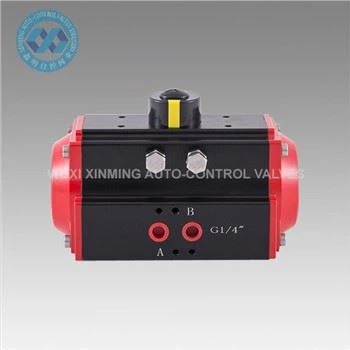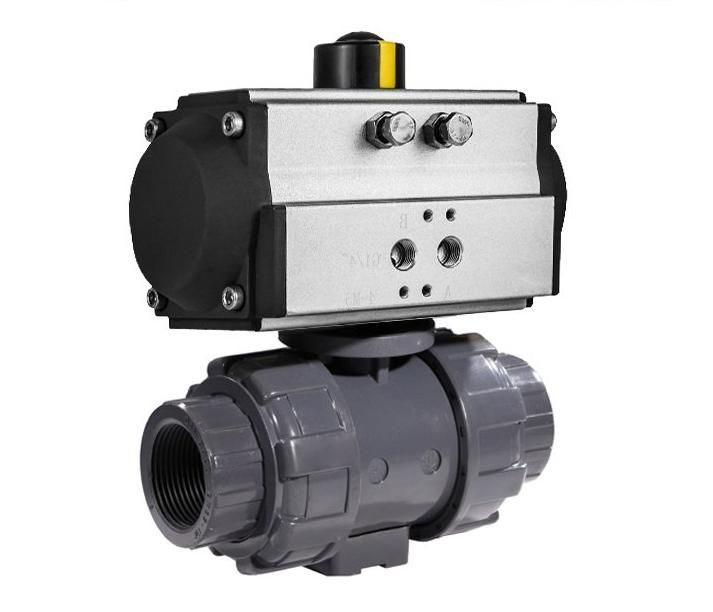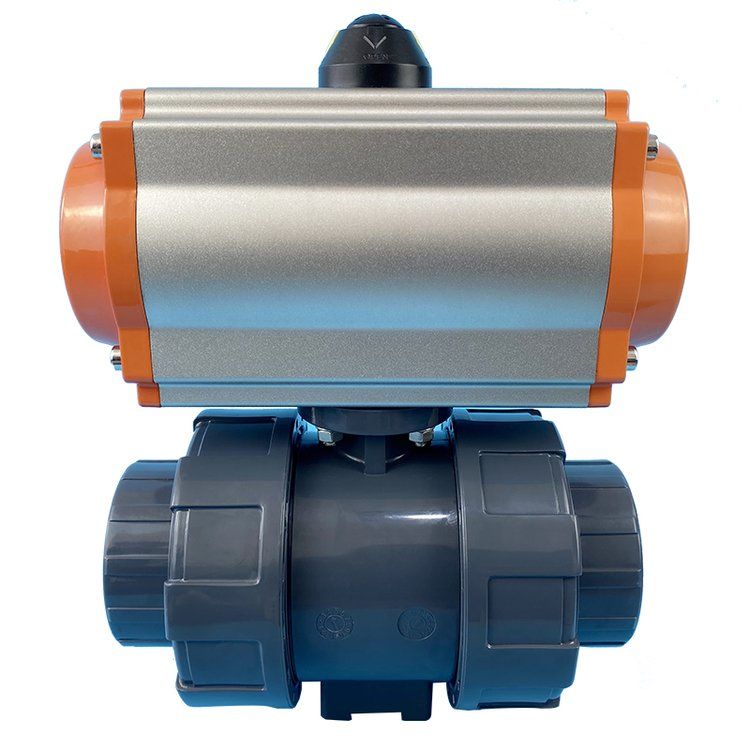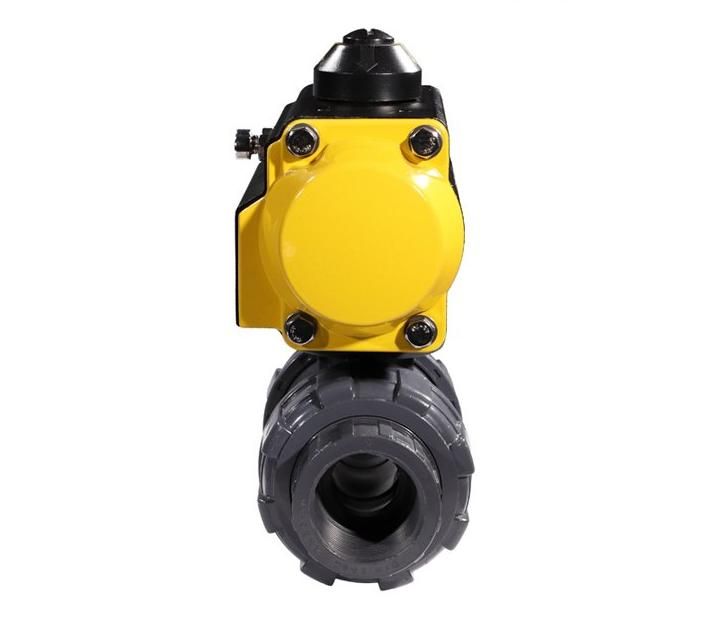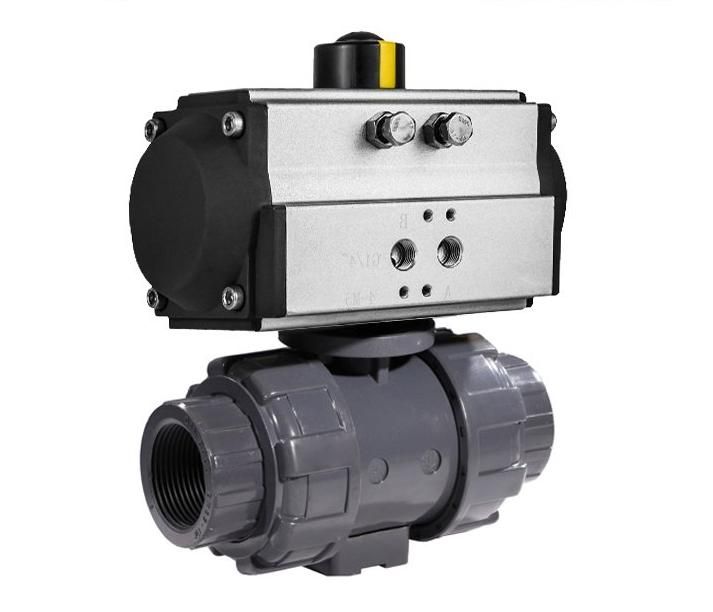Industrial Actuator Materials Specification
Comprehensive breakdown of materials used in pneumatic actuator construction
Body and Housing Materials
The main structure, including the actuator housing and end caps, often uses cast aluminum for its lightweight and corrosion-resistant properties, suitable for general industrial use.
For high-pressure or corrosive environments, cast iron (with anti-rust coatings) or stainless steel (316 grade) is preferred, offering enhanced durability against chemicals and extreme temperatures.
Seals and Gaskets
Critical for preventing air leaks, seals typically use Buna-N rubber for oil and water resistance.
Viton is chosen for high-temperature or chemical applications due to its heat and corrosion tolerance.
PTFE (Teflon) gaskets provide low friction and compatibility with aggressive media, ensuring long-term airtight performance.
Internal Components
Gears, shafts, and pistons rely on hardened steel or stainless steel to withstand rotational forces and reduce wear.
Springs, essential in single-acting actuators, are often made from high-tensile steel for consistent return force, with protective coatings to resist rust.
Coatings and Finishes
To enhance longevity, housings may feature epoxy coatings or electroplating (e.g., zinc plating) for added corrosion resistance.
These treatments shield against moisture, industrial fumes, and outdoor elements, extending the actuator's service life in harsh conditions.
Diaphragms and O-Rings
Diaphragms (in diaphragm-style actuators) use reinforced rubber or PTFE composites for flexibility and pressure resistance.
O-rings, similar to seals, utilize materials like EPDM for water-based systems or Kalrez for extreme chemical and temperature environments, ensuring reliable sealing.
If you want to learn more about low-priced products, please visit the following website: www.xm-valveactuator.com






